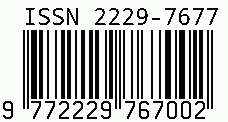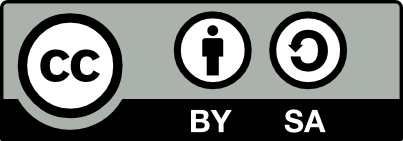
International Journal on Science and Technology
E-ISSN: 2229-7677
•
Impact Factor: 9.88
A Widely Indexed Open Access Peer Reviewed Multidisciplinary Bi-monthly Scholarly International Journal
Plagiarism is checked by the leading plagiarism checker
Call for Paper
Volume 16 Issue 3
July-September 2025
Indexing Partners



















Directional Sensitivity of Energy Consumption influenced by Window Wall Ratio
| Author(s) | Smita Rashmi |
|---|---|
| Country | India |
| Abstract | This research is conducted to present multi-storey residential units directional sensitivity towards the energy consumed, influenced by changes in window wall area ratio (WWR) in Northern India. Window-to-Wall area ratio is a crucial factor influencing daylighting, energy consumption, and thermal comfort inside buildings. The purpose of this research is to highlight the importance of orientation-wise window wall ratio with respect to energy consumption. Ground, intermediate, and top floors of the multi-storeyed housing were taken for the study. The window-to-wall area ratio sensitivity towards total energy consumption in summer months was calculated in each direction through Python software. The bar graph plots were customized by calculating the sensitivity of energy consumption per 1% window wall area ratio. The findings reveal different directions for different towers that will strongly impact the energy consumption which will help the designers in optimization as well as in designing. South-East and East directions for south-west and west facing towers and south-west and north-west for south-east and north-east facing towers are highly sensitive towards energy consumption. |
| Keywords | Window wall area ratio, energy consumption, sensitivity analysis |
| Field | Engineering |
| Published In | Volume 16, Issue 2, April-June 2025 |
| Published On | 2025-06-25 |
| DOI | https://doi.org/10.71097/IJSAT.v16.i2.6559 |
| Short DOI | https://doi.org/g9r8fx |
Share this


CrossRef DOI is assigned to each research paper published in our journal.
IJSAT DOI prefix is
10.71097/IJSAT
Downloads
All research papers published on this website are licensed under Creative Commons Attribution-ShareAlike 4.0 International License, and all rights belong to their respective authors/researchers.

